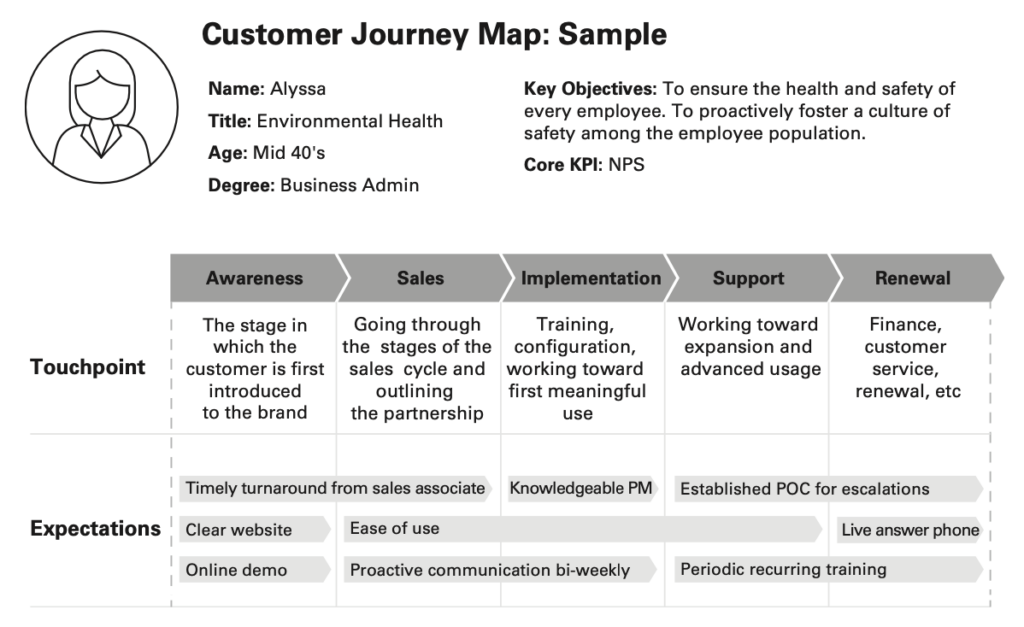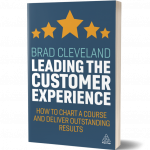One of the most popular arrows in the quiver of a customer experience professional is the customer journey map. And for good reason…it’s a straightforward, effective way to visually depict a customer’s relationship with your organization.
There are countless ways to map a customer’s journey, but the goal is the same: define a specific customer persona, and visually document their experience—the end-to-end journey. The more collaborative your team is in creating the map and describing their part in the story, the more meaningful it will be. You’ll know you’re successful when anyone in the organization, regardless of department or role, can understand the map, and see where and how they are part of the journey.

I’ve been witness to many different journey map efforts. Here are some suggestions that may help you get the most from this effort:
Keep it simple. No map will be perfect, nor will any comprehensively cover every nuance and perspective. There is a trade-off between greater levels of detail and complexity that begins to diminish the map’s effectiveness. My advice: keep it simple. Again, anyone should be able to read the map, understand the journey, and see their role in customer experience.
Stay focused on the customer. A common mistake is turning the journey map into an internal process map. Documenting and improving processes is an important separate effort, but don’t intermingle the two.
Take action. A journey map is helpful in identifying pain points and improvement opportunities. But it has no effect unless you take action. I’ve seen robust analysis and beautiful maps in organizations that don’t move on to taking action. It’s only what you do that matters.

Excerpt from Leading the Customer Experience: How to Chart a Course and Deliver Outstanding Results by Brad Cleveland.



0 Comments